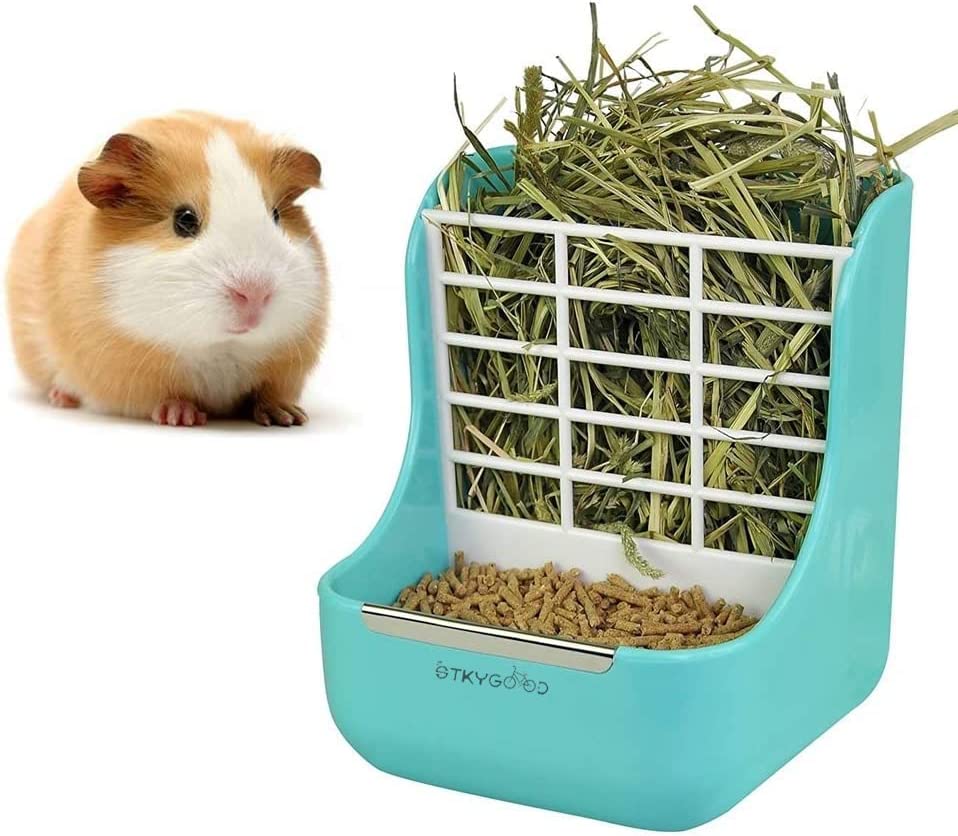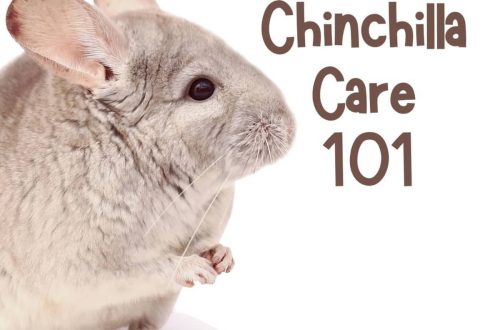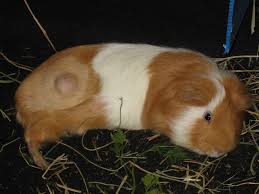
Hay for guinea pigs
Hay refers to roughage. Such food is given to guinea pigs mainly in winter. Very valuable is the so-called “vitamin hay”, rich in carotene, which is harvested from well-leafed alfalfa, clover, shade-dried nettles. Use “vitamin hay” for feeding pregnant and lactating females and young animals.
It is necessary to pay attention to the quality of hay: the color should be green, and the smell should be pleasant and fragrant. Before feeding hay, it is necessary to look through, determine its quality, age of storage, remove hay dust. This should be done without fail, since all this affects the nutritional value of hay and its digestibility by animals.
Hay refers to roughage. Such food is given to guinea pigs mainly in winter. Very valuable is the so-called “vitamin hay”, rich in carotene, which is harvested from well-leafed alfalfa, clover, shade-dried nettles. Use “vitamin hay” for feeding pregnant and lactating females and young animals.
It is necessary to pay attention to the quality of hay: the color should be green, and the smell should be pleasant and fragrant. Before feeding hay, it is necessary to look through, determine its quality, age of storage, remove hay dust. This should be done without fail, since all this affects the nutritional value of hay and its digestibility by animals.
The “age” of hay is determined by the degree of drying and discoloration of some of the herbs it contains. For example, plantain remains green during the first month after mowing, after 4 months it turns brown, after 7 months it dries up and turns black, after 8 months it easily breaks and crumbles into powder when rubbed in the palms.
The goose foot, in which the upper surface of the leaf is smooth, green, and the lower surface is velvety white, remains white in the first months after mowing, then turns yellow and blackens after 9 months, and the entire leaf becomes brittle and easily frayed into powder. The black-headed cornflower after mowing retains moisture in the stems for 3 months, then for some time the moisture remains only in the heads, and only after some time the plant dries completely and becomes brittle.
Hay should not be wet. Soaked, it loses its characteristic dry flavor and changes color. So, hay prepared from steppe plants takes on a pale green or grayish-green color; from meadow – brownish-green or almost black. Hay should not contain poisonous or harmful herbs.
Rotten, moldy hay is also not suitable for feeding to animals. If no specks are found when examining browned or blackened hay, it means that the hay has only been soaked. Rotten hay has a specific smell, which is especially enhanced if you rub the bunch with your hands. It should be borne in mind that well-dried and ventilated rotten hay may not have a putrid odor, and then it can be mistaken for soaked, if you do not take into account the specks, which under no circumstances disappear.
The “age” of hay is determined by the degree of drying and discoloration of some of the herbs it contains. For example, plantain remains green during the first month after mowing, after 4 months it turns brown, after 7 months it dries up and turns black, after 8 months it easily breaks and crumbles into powder when rubbed in the palms.
The goose foot, in which the upper surface of the leaf is smooth, green, and the lower surface is velvety white, remains white in the first months after mowing, then turns yellow and blackens after 9 months, and the entire leaf becomes brittle and easily frayed into powder. The black-headed cornflower after mowing retains moisture in the stems for 3 months, then for some time the moisture remains only in the heads, and only after some time the plant dries completely and becomes brittle.
Hay should not be wet. Soaked, it loses its characteristic dry flavor and changes color. So, hay prepared from steppe plants takes on a pale green or grayish-green color; from meadow – brownish-green or almost black. Hay should not contain poisonous or harmful herbs.
Rotten, moldy hay is also not suitable for feeding to animals. If no specks are found when examining browned or blackened hay, it means that the hay has only been soaked. Rotten hay has a specific smell, which is especially enhanced if you rub the bunch with your hands. It should be borne in mind that well-dried and ventilated rotten hay may not have a putrid odor, and then it can be mistaken for soaked, if you do not take into account the specks, which under no circumstances disappear.
When, how and what to feed a guinea pig?
What to feed? When to feed? How to feed? And in general, how much to hang in grams? This is one of the most frequently asked questions by guinea pig owners. And this is understandable, because the health, appearance, and mood of the pet depend on the right diet. Let’s figure it out!





